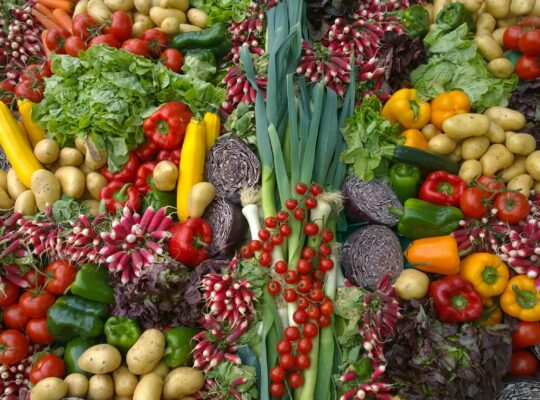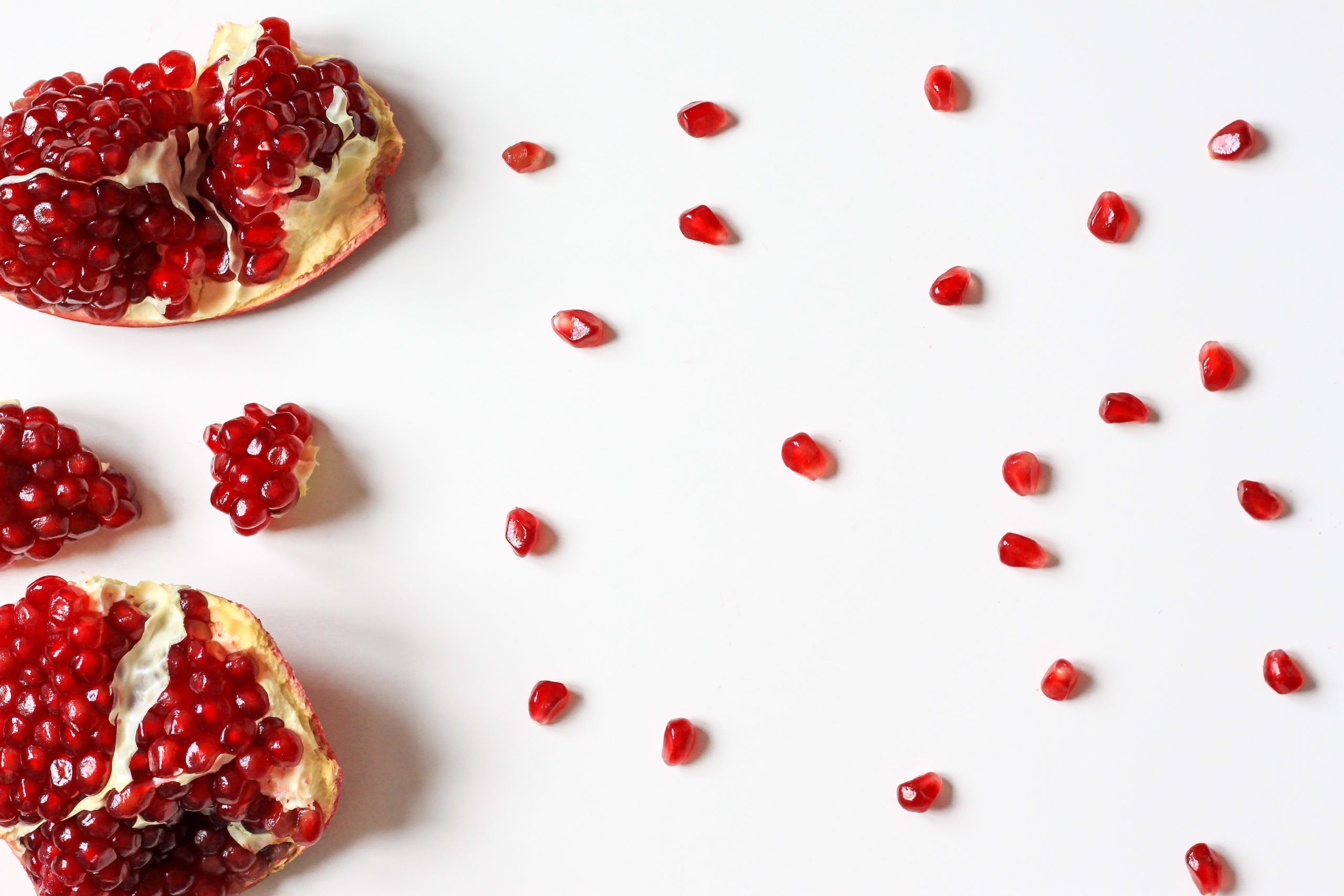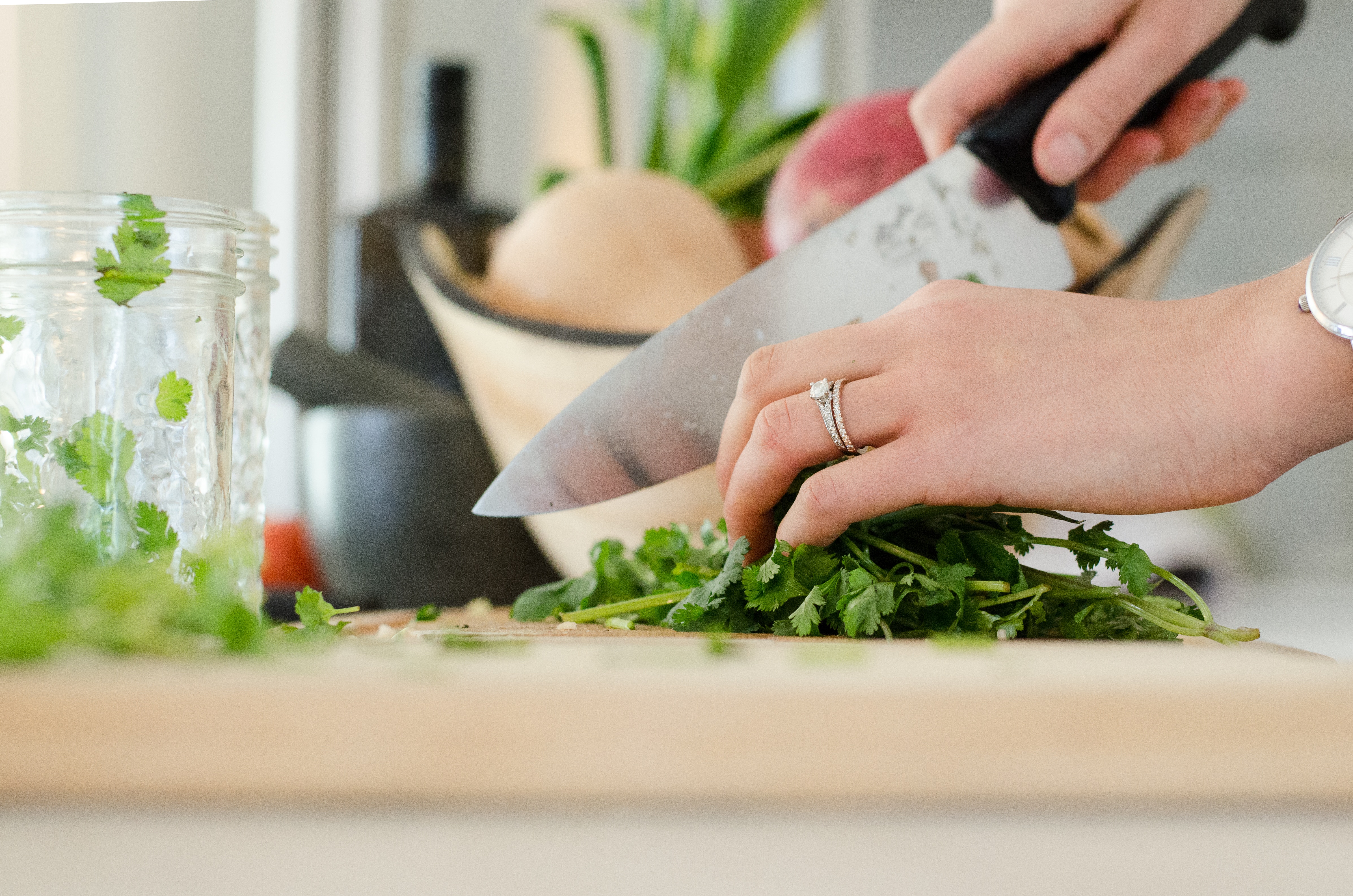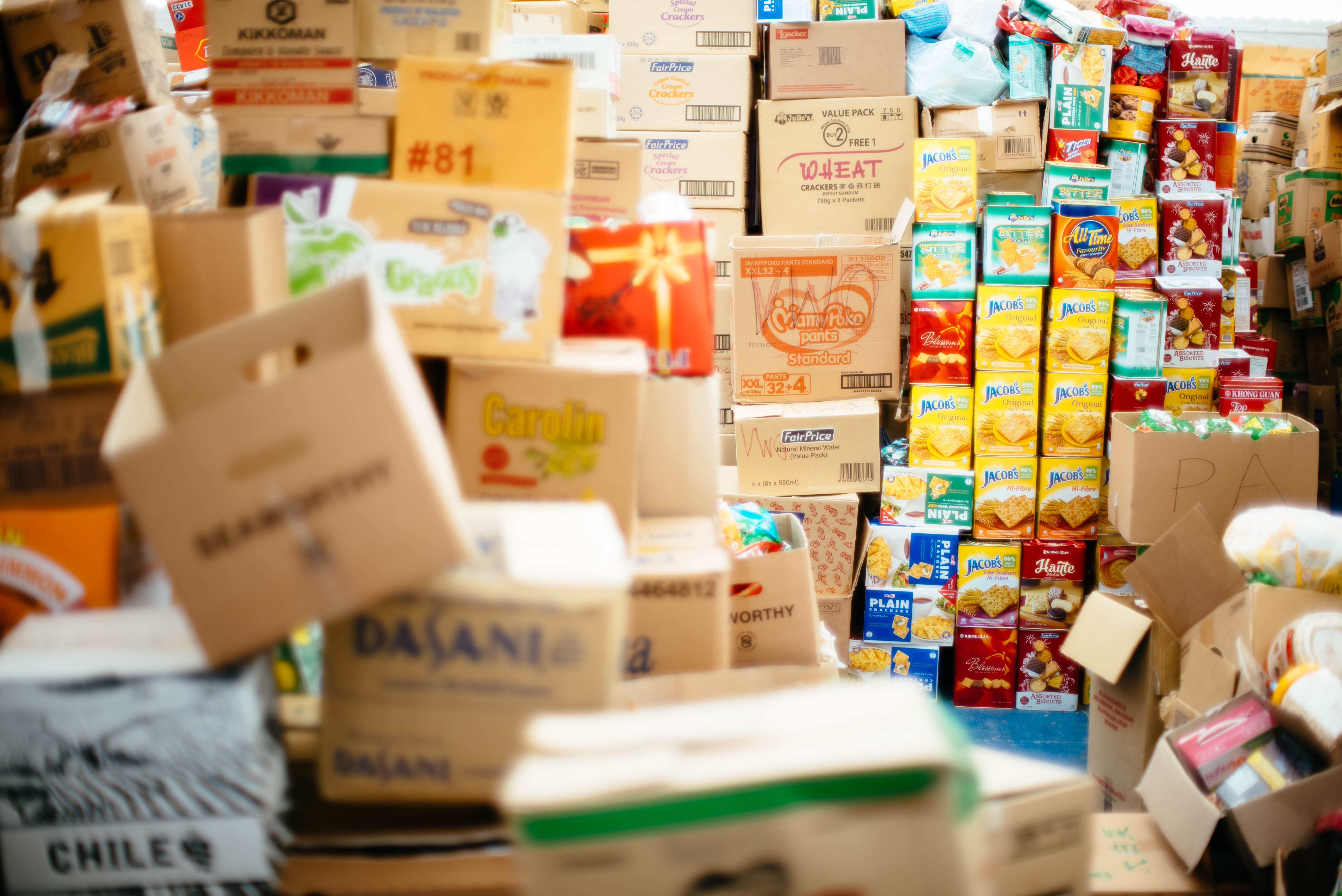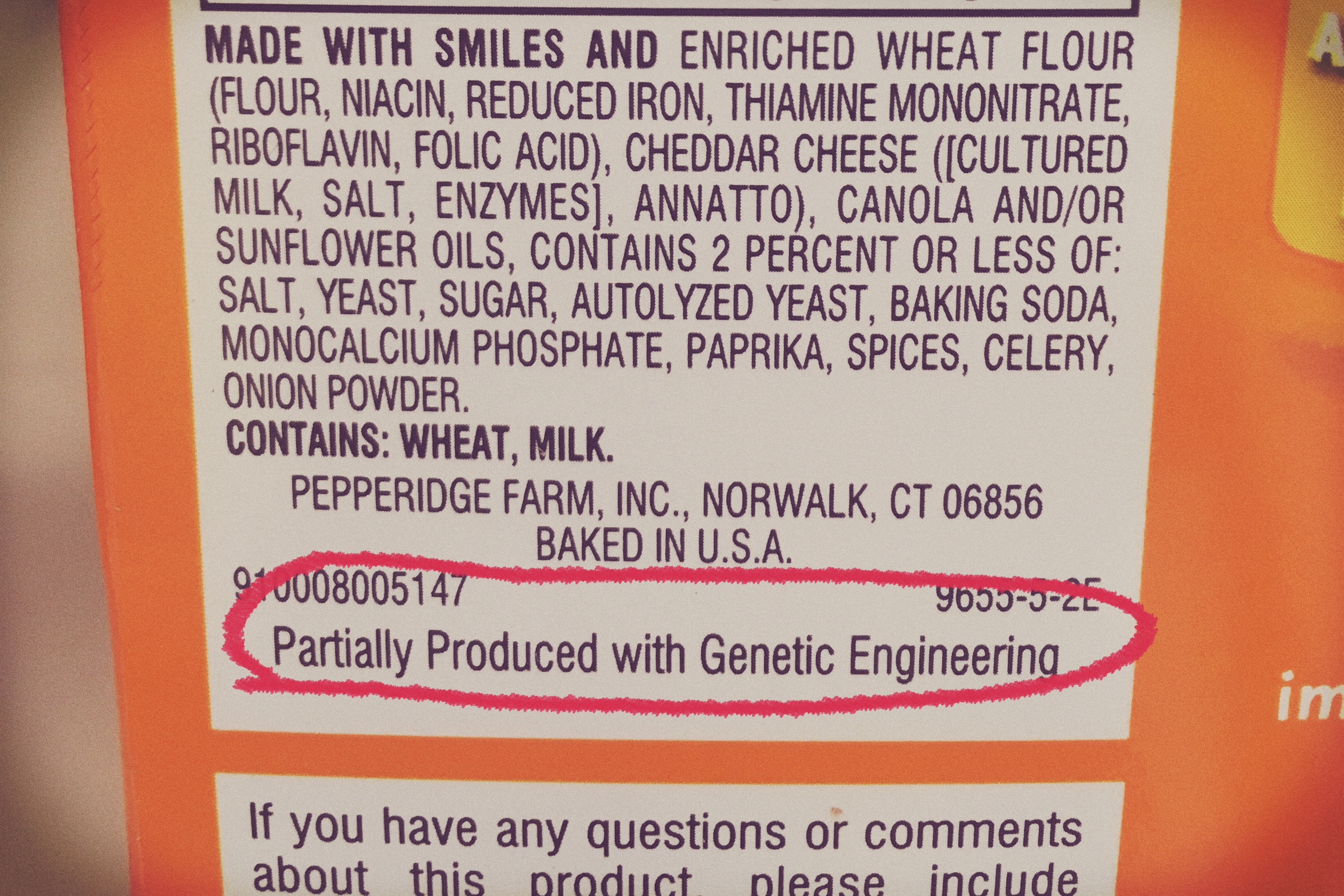If you came to my house, it would be illegal for me to offer you a glass of milk with your cake. Seriously, the food police would forbid it.
We drink raw milk here. The cold jar of cream-on-top whole milk in my refrigerator is unpasteurized and unprocessed, just like it came from the cow. The cow that gives us milk doesn’t live here and, thankfully, we don’t have to go out and milk it twice a day.
About four months ago, we bought a cow share so we could enjoy this creamy goodness and nutrition. If you’ve ever thought about a cow share, or are curious about it, read on.
What is a cow share?
In Virginia, buying raw milk is illegal. While I could write a whole post (ok a book) on why criminalizing raw milk sales is wrong, this limitation on food freedom is our current reality. The Commonwealth has, however, kindly allowed us the right to drink raw milk from our own cow. So, to get around the ban on raw milk sales, some dairy farmers legally sell “cow shares” or “herd shares”. The owner of the “share” is then entitled to the milk from their cow or herd.
Why did we decide to purchase a cow share?
After reading much about conventional dairy, doing a Whole 30, and dealing with my son’s suspicious GI symptoms, we stopped buying cow’s milk at the grocery store over a year ago. I bought almond milk for smoothies, heavy cream for my coffee, and kefir for my son and husband. But milk? We adjusted to not having it around and didn’t seem to need it.
Then, I began to read about the benefits of raw milk, especially for growing kids. I learned that, for some people, raw milk is easier to digest than pasteurized. I also learned about the rich nutritional content of grass-fed dairy. And, THEN I discovered that there was a local, family-owned dairy relatively close to our home. When I met the family at a local event, I was intrigued.
How much does it cost?
A cow share is certainly not the cheapest or easiest way to acquire milk. Our local dairy charges a one-time cow share fee of $100. In addition, a monthly “boarding fee” of $36 entitles the owner to one gallon of milk per week. So, if we continue to own our cow share for two years, the gallon we receive each week comes out to be $9.30 a gallon. If we bought milk for more than two years, the one-time cow share fee would be distributed further, and the cost per gallon would be reduced even more.
In comparison, buying two Horizon™ organic (not grass-fed, mind you) whole milk half-gallons would cost nearly $9 at my local Wal-mart.
Yes, it certainly is MUCH more expensive than the $2.40 we used to spend for conventional whole milk. But, I only buy one gallon of milk a week, and when it’s gone, it’s gone. Since our raw milk is from grass-fed cows, raised on pasture, without any additional hormones, pesticides, or herbicides, I believe that it has a superior nutritional profile. In addition, my cow share supports a local family farm. As a bonus, I look forward to the Saturday drive to pick it up.
Is it a Hassle?
My local dairy is Avery’s Branch Farm, which is a ten-minute drive from my house. They do provide delivery to many parts of the state, but an additional fee applies for this service. So, I drive to pick it up each Saturday, or whenever I can get there.
While I was not excited about adding this task to my Saturday, I now look forward to it. I go by myself – usually taking a break from Saturday chores at home – and listen to whatever audiobook currently has my attention while driving through some beautiful rural country. I drive up the dairy farm’s lane, usually passing the cows or chickens they have rotated to the front pasture. The milk is kept in a refrigerator outside of the barn, so I return my glass jar from last week and grab the cold, full jar before heading back home.
Is raw milk dangerous?
For thousands of years, people have consumed raw, unpasteurized milk. Up until about 100 years ago, drinking raw milk was the common practice. It was normal. I covered this in a previous post, so I won’t be redundant here.
Suffice it to say that any food (including beef, chicken, fruit, vegetables, and dairy) can make you very, very sick. We have all seen the heartbreaking stories of people dying from eating food that shouldn’t have been contaminated with harmful bacteria.
After much research, I believe that drinking raw milk from grass-fed cows, living out in pasture as God intended, is just as safe and much more nutritious than pasteurized milk. Cows were not created to eat grains; they were designed to eat grass.
However, please, don’t take my word for it. If you are considering a cow share, do your own research and get comfortable with raw milk based your own findings. I would also highly recommend visiting the farm you are considering and getting to know a little about the owners. They are usually more than happy to tell you about their practices. If they are not, you should keep looking.
Why We Love Our Cow Share
Here are a few reasons why we’ll keep it:
- Raw milk is rich and delicious. I have to literally limit my kids to one cup per day or they would devour it within a day or two. My husband comments at least once a week on how good it tastes.
- My son’s GI distress has improved despite drinking a cup of milk per day. We’ve been drinking raw milk now for four months, and I can’t remember the last time he’s had his typical troubles.
- From the research I’ve done, I believe that raw milk from grass-fed cows is especially good for my kids’ growth, bone strength, and immune system while the healthy fats in the cream promote brain health.
- I love that our milk purchase supports a local family farm.
- My weekly errand is an excuse to get 20 minutes of alone time in the car with an audiobook on Saturdays, driving through rural scenery.
- Cold brewed coffee with real, unadulterated, cream-on-top, whole milk is fabulous!

